A dry cleaning business can be highly profitable when managed well, but profitability depends on several key factors, including revenue potential, operating costs, and market trends. With the U.S. dry cleaning industry generating over $9 billion annually, there is significant opportunity for success. However, various factors, such as location, competition, customer demand, and operational efficiency, can impact profitability.
High-end dry cleaners in metropolitan areas often see higher revenue, while smaller businesses may have more modest returns. This article will explore the profitability of dry cleaning businesses, highlighting the financial aspects, challenges, and strategies to optimize revenue.
From understanding startup costs and breakeven points to market trends and customer retention, we’ll provide a comprehensive look at how dry cleaning businesses can thrive financially. With the right approach, owners can turn this traditional service into a profitable venture while adapting to modern trends and customer needs.
Understanding The Profitability in Dry Cleaning
Before diving into the numbers, it’s important to first understand what profitability means in the context of a dry cleaning business. Profitability is the capacity of a business to produce revenue that surpasses its costs, leading to a successful and sustainable operation. For dry cleaners, this is typically measured by profit margins, revenue growth, and how well expenses are managed. Let’s break down the key metrics that indicate whether a dry cleaning business is truly profitable:
- Profit Margin: This is the percentage of revenue remaining after all expenses are subtracted. For dry cleaners, it can vary between 5% to 15%.
- Revenue: The income generated from cleaning services, laundry services, and any additional products or services.
- Expenses: These encompass fixed expenses (such as rent and wages) and variable costs (including cleaning materials and utility bills).
Types of Dry Cleaning Services and Their Profitability
When deciding on the type of dry cleaning services to offer, it’s important to consider the profitability potential of each. Here are some common types of dry cleaning services and how they can impact your bottom line:
- Standard Residential Dry Cleaning: Serves local neighborhoods with steady business but lower profit margins.
- High-End Dry Cleaning: Focuses on upscale clients and delicate fabrics, commanding higher profit margins.
- Eco-Friendly Dry Cleaning: Targets eco-conscious customers willing to pay more for green cleaning solutions.
- Express Dry Cleaning Services: Offers fast turnaround times, often with higher pricing due to convenience.
- Specialized Services: Includes wedding dress cleaning and delicate fabric care, leading to higher fees.
- Pickup and Delivery Services: Provides convenience, attracting loyal customers despite higher logistical costs.
Each of these types of services offers different profitability potential depending on factors like location, customer demand, and your ability to manage costs efficiently. Consider your target market and the specific needs of your community to determine which combination of services will generate the most profit for your business.
Revenue Potential
Revenue potential in the dry cleaning business can differ significantly depending on the type of dry cleaner you open. The more upscale your offerings and location, the higher your potential revenue. Here’s a quick breakdown of revenue figures for different dry cleaning businesses:
- Standard Dry Cleaners in Residential Areas: These businesses typically see an average of $10,000 in monthly revenue, depending on the size and demand.
- High-End Dry Cleaners in Metropolitan Locations: These dry cleaners can earn upwards of $30,000 per month, thanks to a higher volume of orders and premium pricing.
Cost Structure of a Dry Cleaning Business
Operating a dry cleaning business comes with its fair share of costs, and understanding these expenses is crucial to gauging profitability. The cost structure can be categorized into fixed costs and variable expenses.
Fixed Costs
Fixed costs for a dry cleaning business include rent and utilities, which can be substantial, especially if the location is in a high-traffic commercial area. Rent for a small space typically ranges from $2,000 to $5,000 per month, depending on the location.
Additionally, labor costs play a significant role in the expenses. Dry cleaners will require employees to handle various tasks, including laundry processing and customer service. Staff wages can vary, but average hourly pay ranges from $12 to $18, depending on experience and job responsibilities. These fixed costs are essential considerations for managing the financial stability of the business.
Variable Costs
Variable costs in a dry cleaning business include equipment and supplies, which are necessary for the efficient operation of the business. High-quality machines for washing, pressing, and cleaning clothes can cost between $50,000 and $100,000, depending on the scale of the operation.
Additionally, solvents and detergents contribute to ongoing expenses. Marketing and operational costs also fall under variable expenses, as they fluctuate from month to month. These can include online advertising, local promotions, uniforms, and other general operational costs that vary with business activity. Proper management of these variable costs is crucial for maintaining profitability.
Break Even Analysis
The breakeven point is when your total revenue covers all of your operating costs. In simple terms, it’s the point at which your dry cleaning business stops losing money and starts becoming profitable.
Example Calculation:
If your total monthly costs (including rent, labor, and supplies) amount to $15,000, and your average revenue per customer is $10, you would need at least 1,500 customers each month to cover your costs. Any orders beyond that would contribute directly to your profit.
Factors Affecting the Breakeven Point:
Several factors can influence how quickly a dry cleaning business reaches its breakeven point. An important consideration is the location. A prime location with high foot traffic or in an area with a large population can lead to more customers, helping the business cover its operating costs faster. Additionally, pricing plays a crucial role.
Competitive pricing strategies are especially important in areas with many competitors. By carefully setting prices to attract customers while maintaining profitability, dry cleaners can reach their break even point more efficiently. These factors, along with effective marketing and efficient operations, can significantly impact the time it takes to become profitable.
Factors Affecting Profitability
Customer demand is a fundamental driver of profitability in the dry cleaning industry. Services that offer convenience, eco-friendly options, and high-quality cleaning are likely to attract more customers. Seasonal factors also play a role, with demand spiking during winter for cleaning coats and suits, and during holidays when people need their formal wear cleaned. Offering eco-friendly options can also draw in customers who prioritize sustainability, further boosting demand.
Competition is another key factor influencing profitability. In highly competitive areas, dry cleaners must differentiate themselves through unique offerings such as faster turnaround times, delivery services, or environmentally safe cleaning methods. Implementing loyalty programs can help retain customers and increase repeat business, which directly impacts profitability.
Finally, operational efficiency is essential. Efficient processes, good-quality equipment, and skilled staff reduce operating costs and improve customer satisfaction. Minimizing delays and waste leads to better margins and a more profitable business.
Market Trends and Future Outlook for Dry Cleaning
The dry cleaning industry is constantly evolving, with several key trends shaping its future. Sustainability has become a major focus, with eco-friendly and non-toxic cleaning solutions gaining popularity, especially in urban areas.
As consumers become more environmentally conscious, dry cleaners are adopting green practices to meet this demand. Technology is also playing a significant role, with automated machines, mobile apps for customer ordering, and efficient scheduling systems helping businesses reduce labor costs and enhance customer experience.
Looking ahead, the industry is expected to continue its growth, driven by innovation in services and sustainability practices. Dry cleaners that embrace these advancements, such as offering mobile apps for added convenience, are likely to see higher customer retention and satisfaction, positioning themselves for long-term success.
Example of Target Customers, Their Visits, and Profitability
In different regions, dry cleaning businesses target specific customer demographics based on local habits, which directly affect profitability. For instance:
Urban Areas: Customers in cities like Los Angeles or San Francisco are typically busy professionals who prefer express services like same-day or next-day cleaning. They are willing to pay a premium for convenience, with average spending per visit ranging from $15 to $30. Regular visits can generate a stable revenue stream, especially with additional services like eco-friendly options.
High-Income Areas: In places like Manhattan, customers often opt for high-end dry cleaning services, paying more for luxury fabric care and faster turnaround times. These customers may spend $50 or more per visit, and the high pricing contributes significantly to profit margins. With frequent visits, such as once or twice a week, this can lead to substantial profitability.
Suburban Areas: In suburban regions like Dallas or Austin, customers typically seek standard residential services. With a moderate cost range of $10 to $20 per visit, they may visit once every two weeks. Although the profit margin is lower compared to high-end services, consistent volume helps maintain steady revenue and business growth.
Understanding these customer behaviors can help tailor services and maximize profitability.
Strategies to Boost Profitability in Your Dry Cleaning Business
To increase profitability in your dry cleaning business, focus on optimizing operations, improving customer retention, and expanding service offerings. Investing in modern, energy-efficient equipment can reduce utility costs, while streamlining processes enhances operational efficiency and reduces labor expenses.
Exceptional customer service is key to fostering loyalty, and offering perks like loyalty programs can keep clients coming back. Diversifying services, such as providing alterations or offering pickup and delivery, can attract new customers and increase revenue.
Effective marketing through social media, local promotions, and seasonal discounts can boost visibility and drive traffic. Reviewing and adjusting pricing strategies based on market trends ensures competitiveness and profit maximization.
Lastly, reducing waste, closely monitoring inventory, and maintaining equipment can cut unnecessary expenses and prevent losses. These strategies will help you increase profitability and stay competitive in the market.
Conclusion
Starting and running a profitable dry cleaning business requires careful consideration of various factors, from understanding revenue potential to managing costs and competition. By focusing on efficiency, quality service, and embracing trends like sustainability, you can ensure long-term success in the industry.
For those looking to start their dry cleaning business, thorough research, strategic planning, and keeping an eye on industry trends are key to ensuring profitability.
FAQs
- What is the average profit margin for a dry cleaning business?
The typical profit margin for a dry cleaning business ranges from 5% to 15%, varying based on factors such as location and the effectiveness of operations. - What are the initial expenses for starting a dry cleaning business?
Startup costs can range from $50,000 to $100,000, covering equipment, rent, and other initial expenses. - How can I increase profitability in my dry cleaning business?
Focus on providing exceptional customer service, offering eco-friendly services, and maintaining efficient operations to reduce overhead costs. - How does location affect the profitability of a dry cleaning business?
Prime locations with high foot traffic typically lead to more customers, increasing the potential for higher revenue and quicker profitability. - What are some challenges faced by dry cleaning businesses?
High operating costs, seasonal demand, and competition are major challenges. To mitigate them, diversifying services and focusing on customer retention can help.



